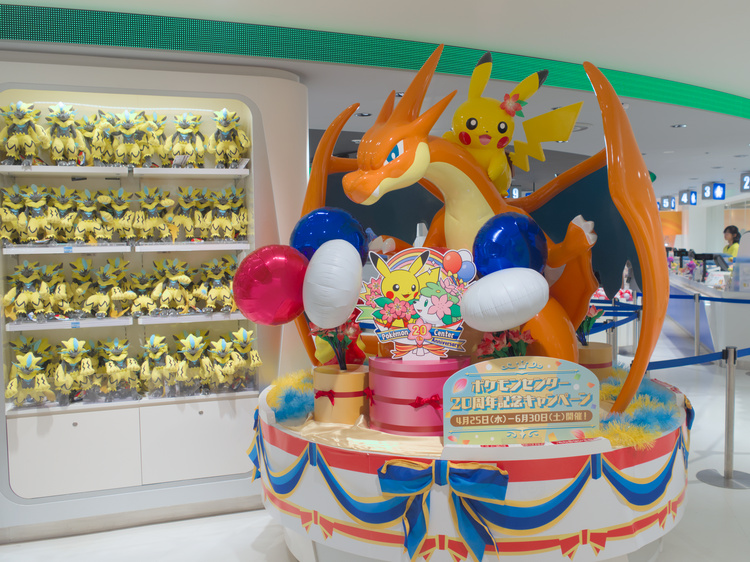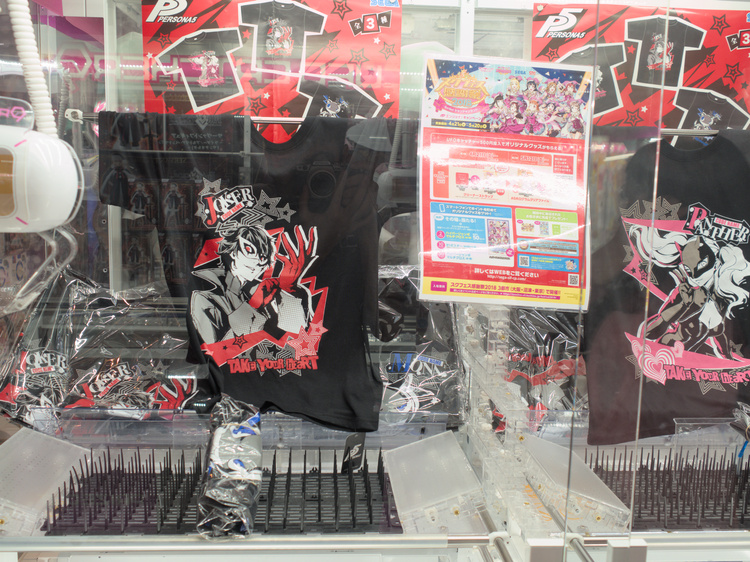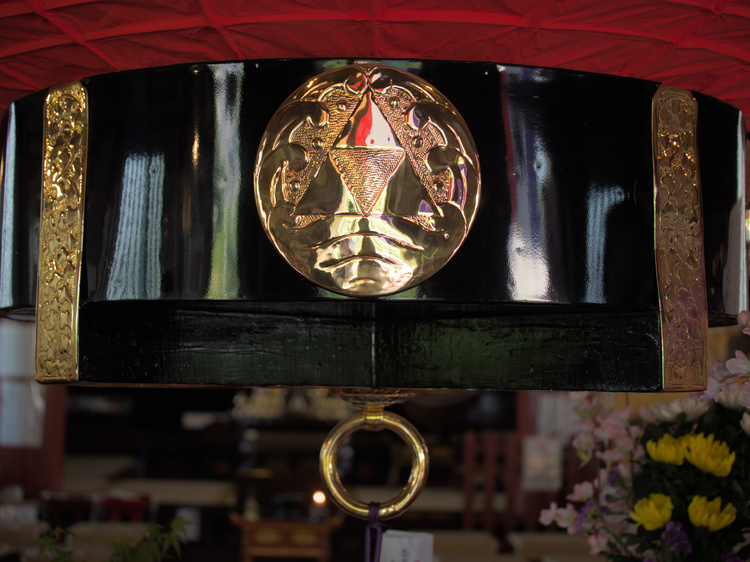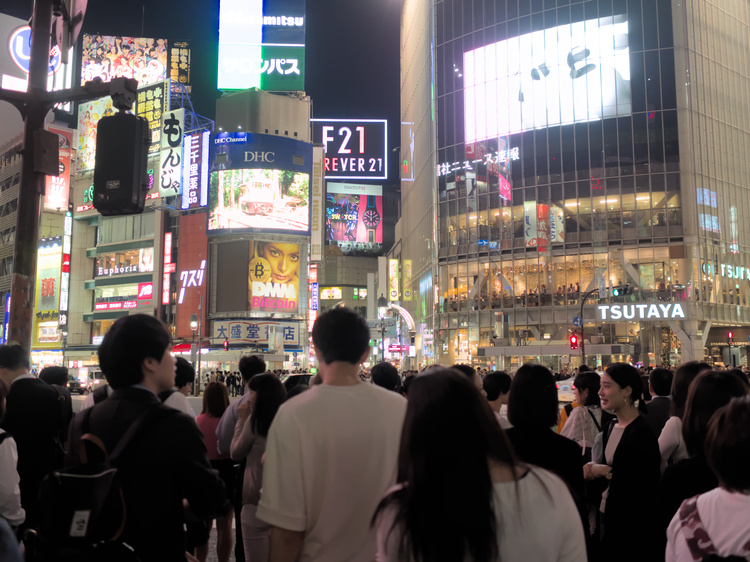On last year’s May I took my work vacations along Karen ❤️. After looking for options on destinations on Promos Aéreas AR1, we choose Tōkyō, Japan, and Honolulu, Hawaiʻi. With only 7 days to travel on a country as big as Japan, our visit started to look very busy (and it actually was).
Since we would move a lot, the Japan Rail Pass2 was one of our best friends. The pass lets you board almost any train of the JR network for a given number of days. This includes the well-known bullet trains or shinkansen 🚄. Even though the metro system is not included on the pass, the JR network has good coverage on big cities.
Since we were traveling on the shinkansen, we decided to stay in Tōkyō and go to other cities for the day.
Ikebukuro
Our accomodation was located near Ikebukuro Station3, but we had to wait for the check-in time, so we put our luggage on a coin locker and went for a walk near the station. We ended up on the Sunshine City4 shopping mall. After eating and buying some small things we still hadn’t visited the biggest stores, so we came back the day after.
Speaking about food, I liked the experience at reastaurant in Japan. Before taking your order, you are received with a courtesy glass of water. After ordering, they give you the receipt with your order, so you don’t have to wait for ages for the waiter to pay at the end. The icing of the cake is that there is no tipping culture5.
To get to our accommodation we walked from the Ikebukuro Station. Then we started to notice that there were no signs with street names. After thre trip, I learned that the Japanese address system is based on subdivisions, so most streets don’t have names6. If you follow the instructions given by a GPS that is not even a problem. In our case we used a mixture of Google Maps7 and OpenStreetMap8.
The next day, we visited the remaining shops on Sunshine City. One of the most important ones is Pokémon Center Mega Tokyo, a paradise for any fan of the franchise. After stocking up on Pokémon merchandise, we bought other essential supplies, like Doraemon chopsticks rests.
Akihabara
After visiting Shining City, we went to an iconic Tōkyō district: Akihabara9. Right at the exit of the train station, you are greeted by the classic tourist souvenir stores. Following the Sega signs, we ended up at the arcades. On the first floor, they have the UFO catchers, filled with plushies, figures and other collectibles. On the next floor we found rhythm games. Dance games were a lot more complicated that the standard DDR machines we are used to see. There were other kind of rhythm games too, but the level of expertise of local players intimidated us, so we didn’t tried them, except for Taiko no Tatsujin10, a game based on the traditional japanese drum taiko. However, we only played one round, since we only had one ¥100 coin. On the top floors, we found some kind of MMORPG/strategy kind of games, but I am sure that my small western mind couldn’t even grasp their true form.
Besides the arcades, there are a lot of toys, figures, videogames and manga stores, so you can spend weeks there if you are a collector of any of those. For lunch, we entered some random place. Since I am vegetarian, I asked the waitress if they had the menu in English or if they had a vegetarian option, but I got a negative answer to both. Nevertheless, he offered to change the main dish for one of the menu options for sautéed vegetables and saved my day. Not every hero wears a cape.
Tōkyō Tower
After our tour in Akihabara, we visited other of the main attractions of Tōkyō: Tōkyō Tower 🗼 11. The tower has two observation platforms, with heights of 150 and 250 meters. Since we arrived late, the tickets for the highest platform were sold out, so we only visited the lower one. Even there the sight was amazing.
Because of our long walks that day, we decided to took a taxi to return to the train station. We checked first hand the high prices of taxis in Tōkyō.
Ueno Park
Next day, we started our tour visiting the Ueno Zoo12. The main atraction of the Zoo are the giant pandas. Although there is no restriction to see the male panda, Ri Ri, you must arrive early to get the tickets to see the female, Shin Shin, along the cub, Xiang Xiang.
The Zoo is divided into two areas connected by a monorail. On the East area, there is a 5-story pagoda built on the Edo Period13. I was surprised by the variety of birds the Zoo has. They even have condors, a typical bird from my land14. The Vivarium is also worth mentioning, but some animals, specially the frogs, were so still that you couldn’t tell if they were alive, contradicting a bit the “living” part of the vivarium name. That gave me all of the time I needed to photograph the frogs.
After the Zoo, we visited the Buddhist temple on the Ueno Park. On the temple we found a very familiar symbol: the triforce15. After the trip, I learned that it is actually the Hōjō clan emblem16, one of the main fosterers of Zen17 in Japan.
Shibuya
Our last stop of the day was another iconic Tōkyō district: Shibuya18. Near the train station we found the Hachikō statue19 and ended up in one of the most crowded crosswalks in the world.
After crossing the famous crosswalk, we went to eat a standing sushi bar. There you order your sushi pieces directly to the chef. After eating we went to a nearby Don Quijote 20 to drink bubble tea.
Fushimi Inari
After a few days using the regular trains as transportation, we were ready for the bullet trains (shinkansen). At a maximum speed of 270 km/h, we traveled to the old capital, Kyōto21. On the shinkansen you can turn around the seat so it is possible to make group of four seat when traveling, but since we were only two we couldn’t take advantage of that technology.
In contrast with the modern metropolis of Tōkyo, in Kyōto history is the protagonist, having a lot of patrimonial buildings.
Our first destination was the Fushimi Inari22 shinto shrine. The shrine is literally next to the Inari train station and is known for its traditional Japanese gates or torii ⛩️.
At the shrine there were a lot of Japanese tourists, including tons of school field trips and people wearing kimonos. We found out later that is common to rent kimonos to visit tourist spots.
After the visit, we bought some souvenirs (I bought a kitsune23 mask) and some traditional food, like mochi24, a rice based sweet, or takoyaki25, grilled octopus and flour balls.
Uji
To finish the day, we did our last stop in Uji26, a city known for its green tea. Uji also has variety of temples, both Buddhist and Shinto. However, the temples close early, so we didn’t have the chance to visit them. Even so, the city is perfect for a walk. In addition to its small streets and pretty houses, Uji has the Uji river, including a 13-story pagoda located in an islet at the middle of the river, and the Daikichiyama Fuchi park, with a viewpoint to the city at the end of a short walk.
With the green of Uji, we closed this first part of the Japan trip.
I don’t like the tipping system because it is an excuse for the employer to pay lower salaries. ↩︎




















